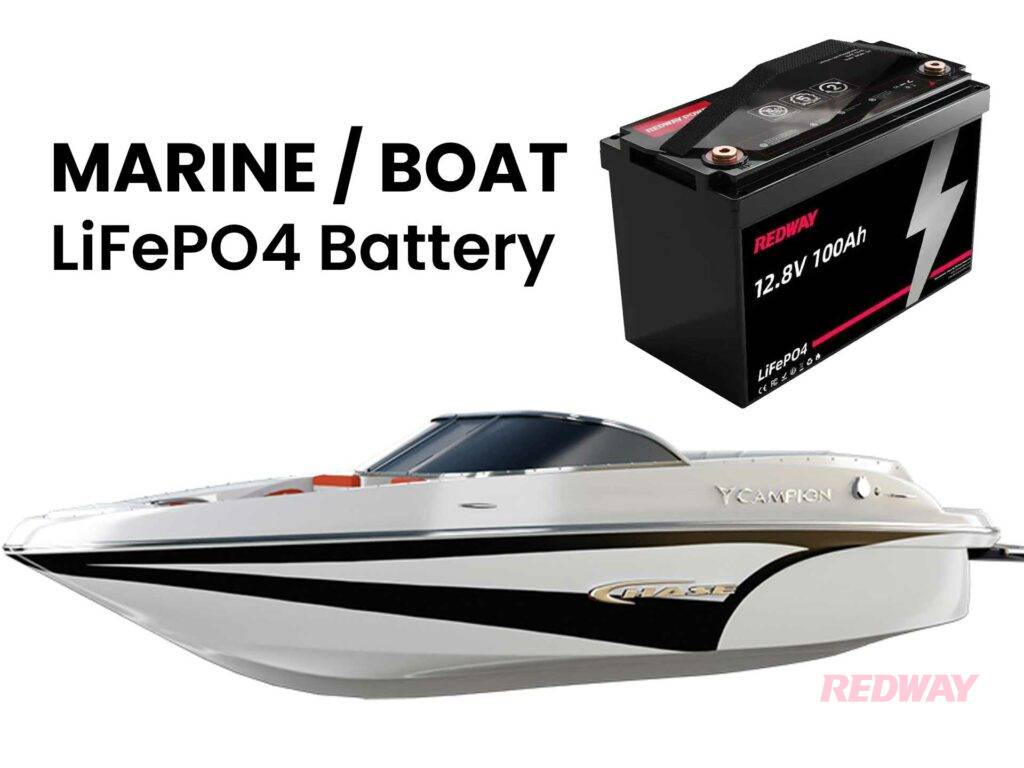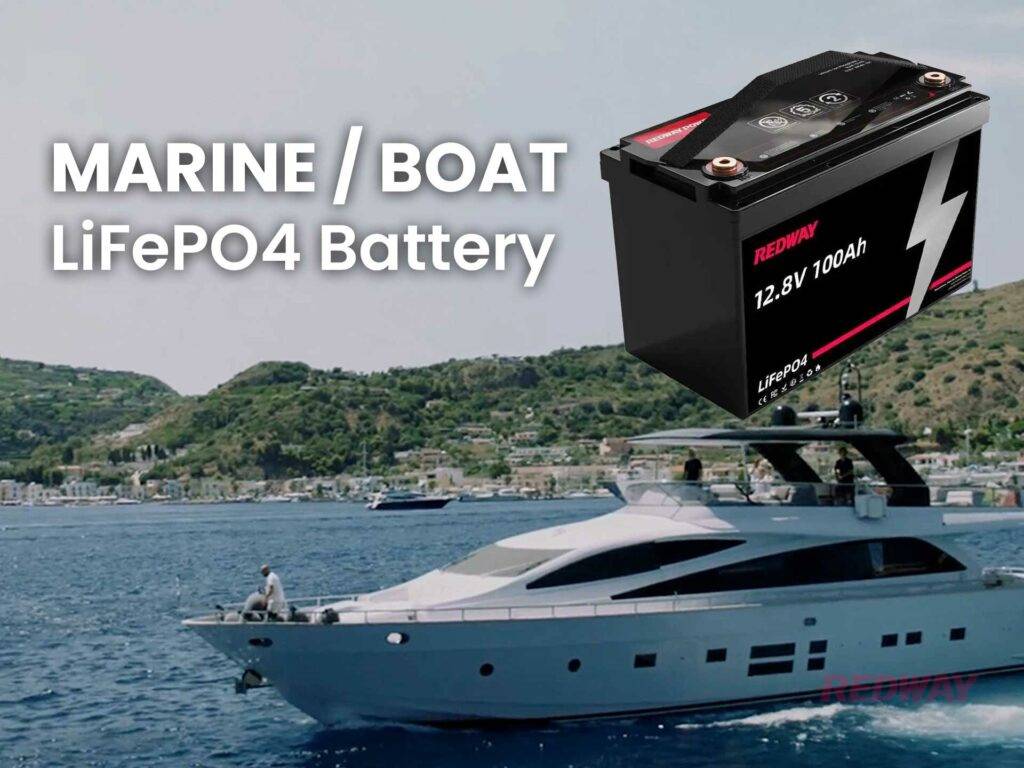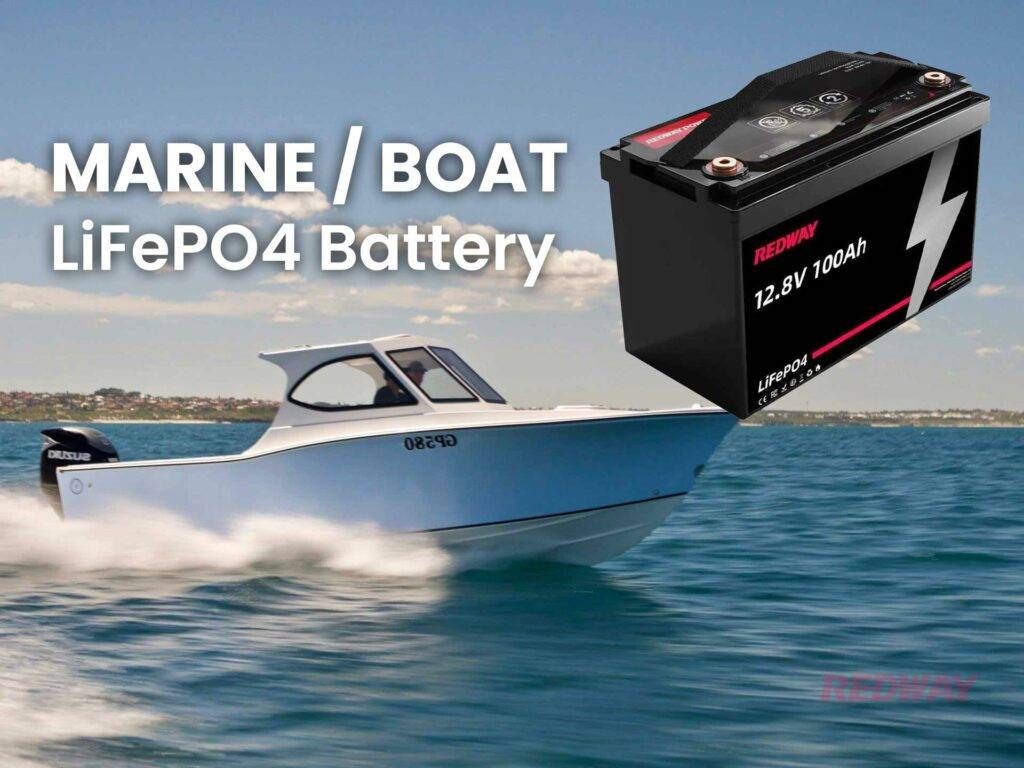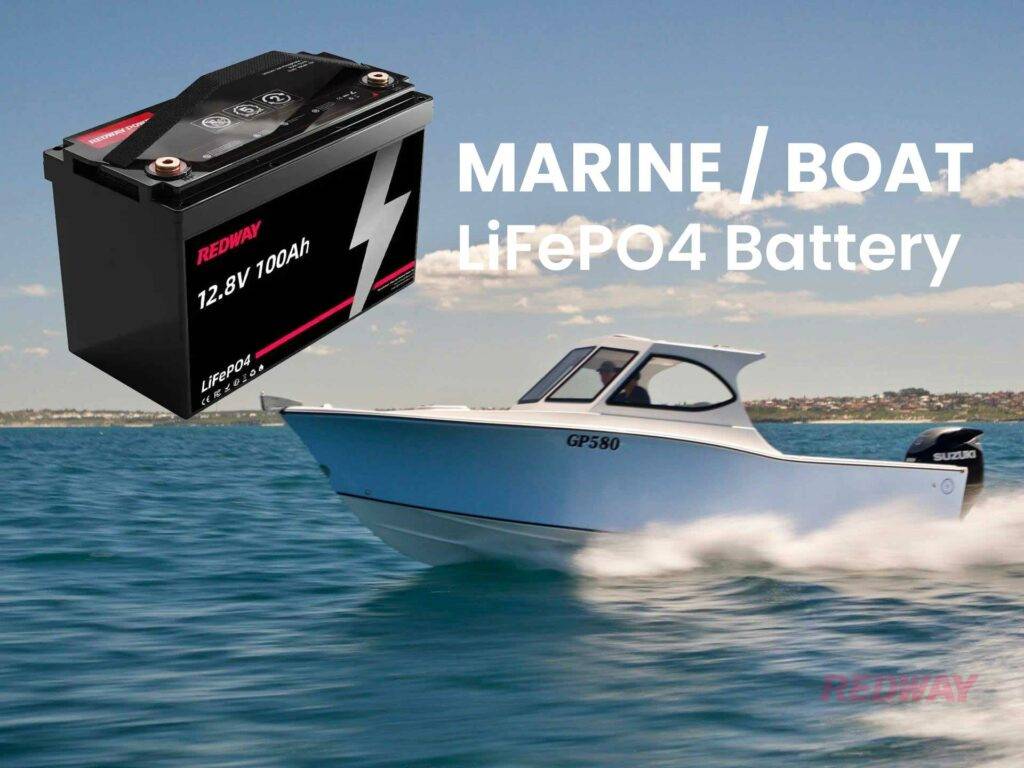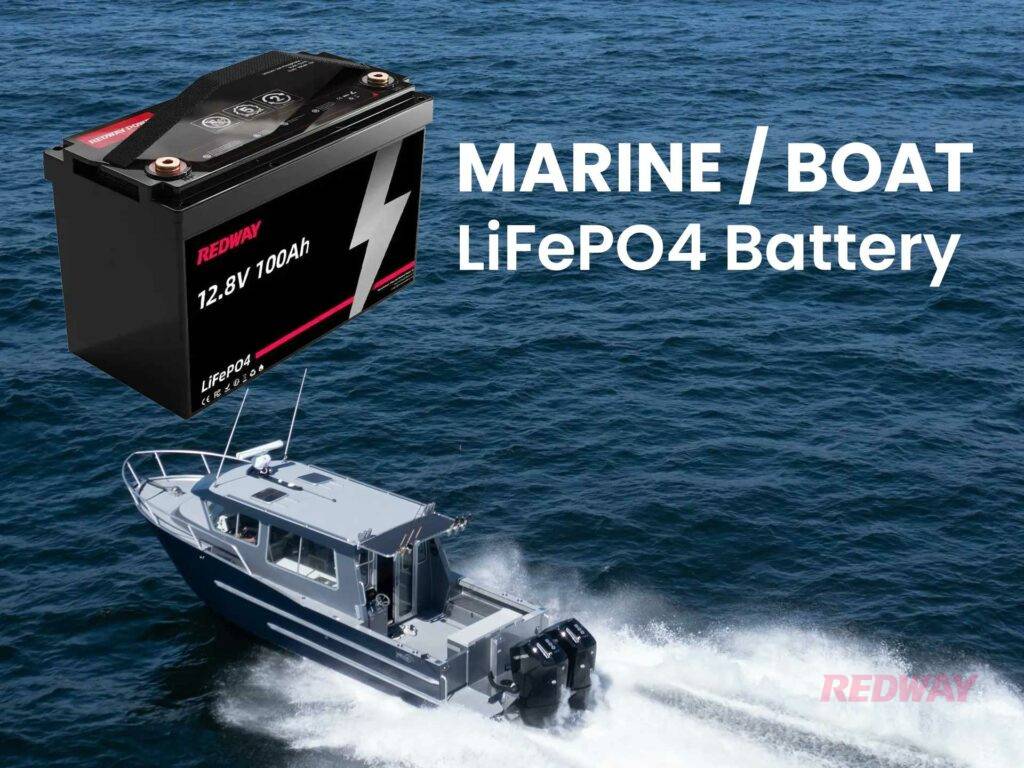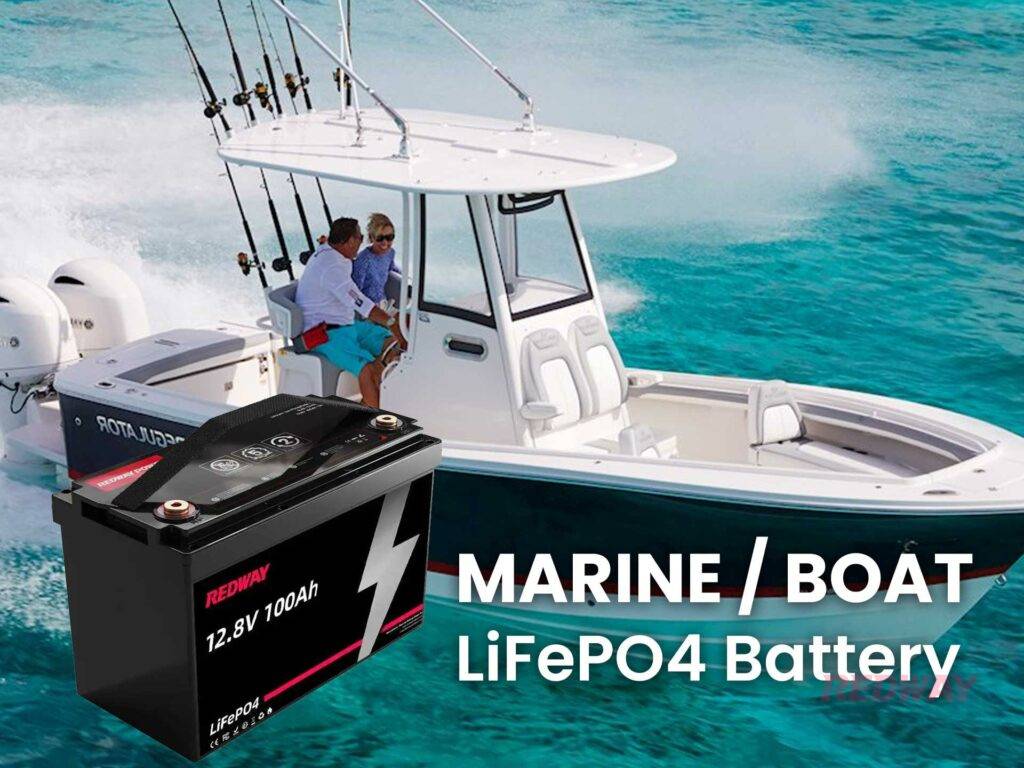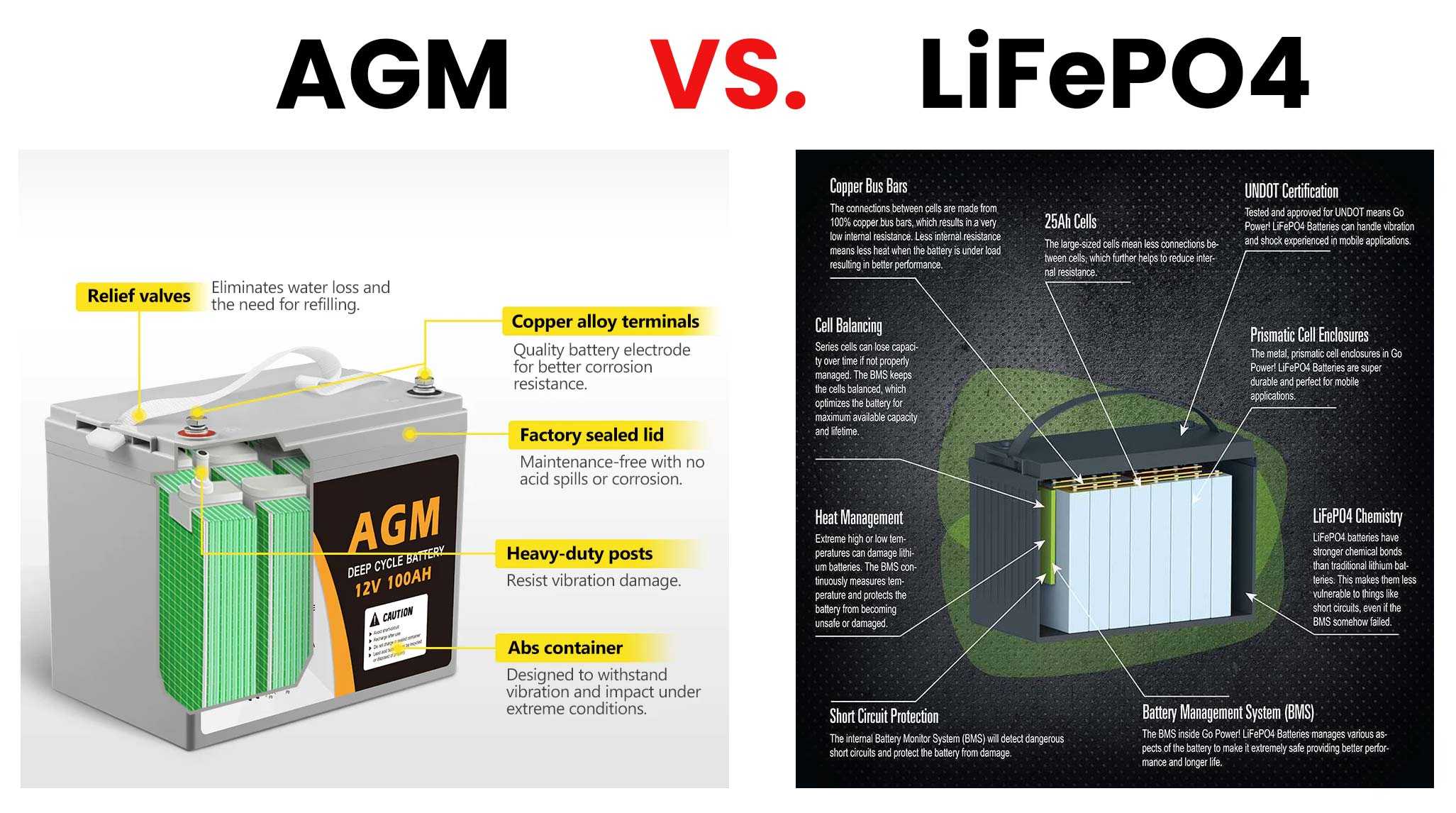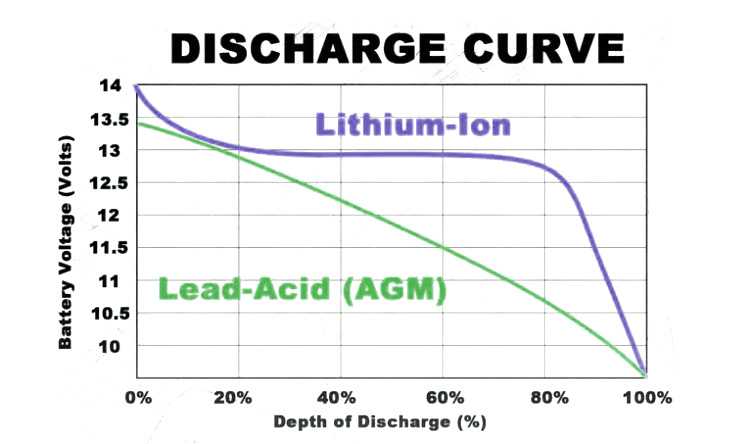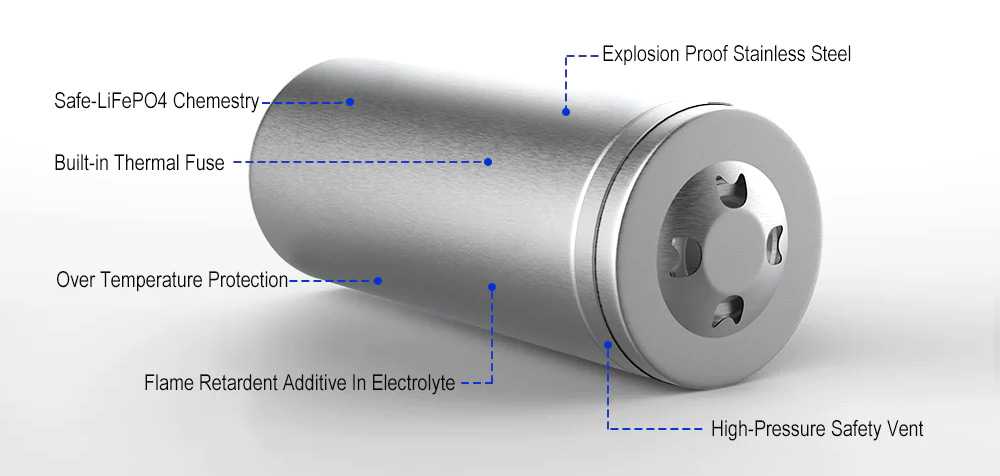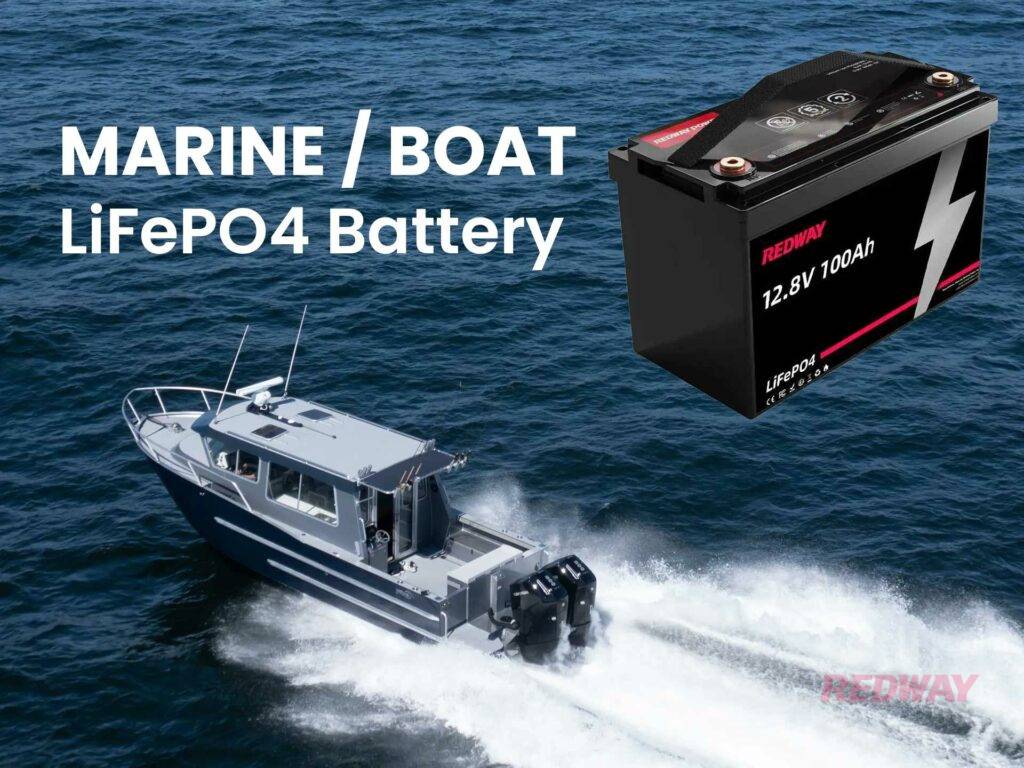What is the difference between SOC and voltage in LiFePO4 batteries?
State of Charge (SOC) and voltage are two distinct but interconnected parameters when it comes to LiFePO4 (Lithium Iron Phosphate) batteries. They provide valuable information about the battery’s current status, but they represent different aspects of its performance.
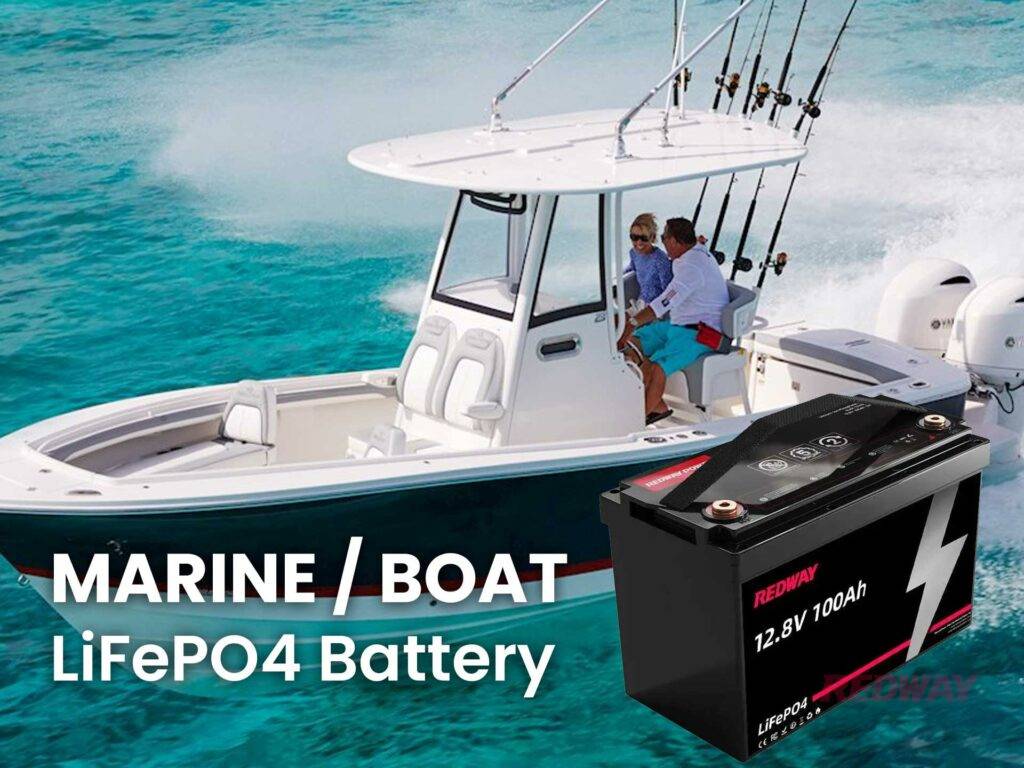
#post_seo_title
State of Charge (SOC):
Definition: SOC refers to the actual amount of energy remaining in the battery compared to its full capacity. It is often expressed as a percentage.
Indicator: SOC provides a comprehensive measure of how much energy is available for use.
Measurement: Determining SOC typically involves sophisticated algorithms and monitoring the battery’s discharge and charge cycles.
Voltage:
Definition: Voltage is the electrical potential difference between the positive and negative terminals of the battery. In LiFePO4 batteries, the voltage is closely related to the SOC.
Indicator: Voltage serves as an indirect indicator of the battery’s charge level.
Measurement: The voltage of a LiFePO4 battery can be measured directly using appropriate tools like a voltmeter.
Relationship between SOC and Voltage:
Direct Correlation: There is a direct correlation between SOC and voltage in LiFePO4 batteries. As the battery discharges, the voltage decreases, and as it charges, the voltage increases.
Voltage Ranges: LiFePO4 batteries typically operate within a specific voltage range. For example, a fully charged LiFePO4 battery might have a voltage around 3.2 to 3.3 volts per cell, while a fully discharged battery might have a voltage around 2.8 to 2.9 volts per cell.
Practical Considerations:
Monitoring: SOC is often monitored and managed by the Battery Management System (BMS) integrated into LiFePO4 batteries.
Voltage as a Proxy: While measuring SOC directly can be complex, monitoring voltage provides a practical and accessible means of assessing the battery’s charge level.
Precision and Accuracy:
SOC Accuracy: Achieving precise SOC measurements requires advanced monitoring techniques and may involve factors like temperature compensation.
Voltage Accuracy: Voltage measurements are more straightforward, but they might not provide the same level of accuracy as advanced SOC algorithms.
Usage in Applications:
SOC for Precision: Applications requiring precise control over energy levels (e.g., electric vehicles) benefit from accurate SOC information.
Voltage for Basic Monitoring: In simpler applications, monitoring voltage may be sufficient for basic assessment of the battery’s charge status.
Understanding both SOC and voltage is crucial for effectively managing LiFePO4 batteries. While SOC offers a more comprehensive view of the battery’s energy state, voltage remains a practical and widely used indicator in various applications.



